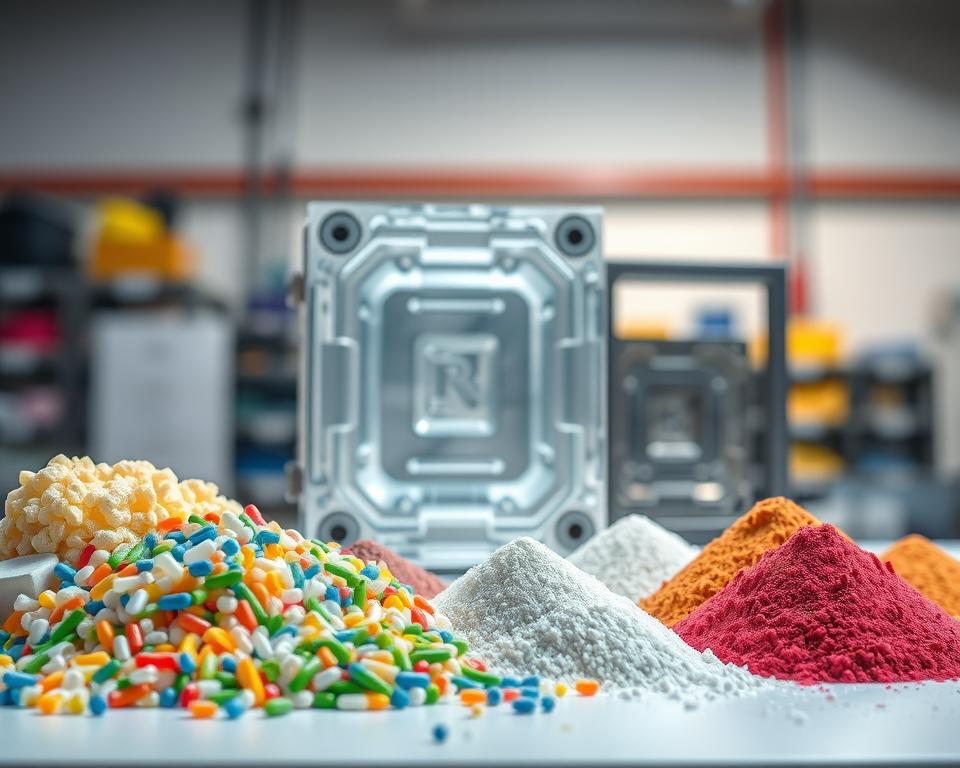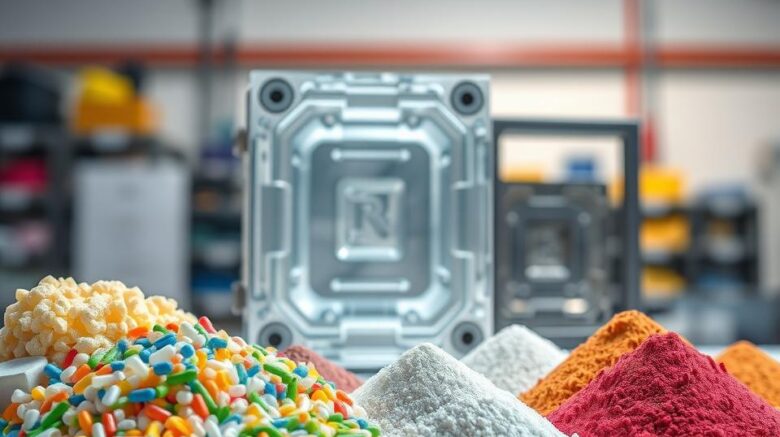Step‑by‑Step Guide to Sourcing Injection Molding in China
Well, the major meeting has just concluded. your new product has been approved, the timeline is aggressive, and funding is, to put it mildly, limited. And suddenly someone—perhaps your superior or the finance head—says the fateful words that make any project manager’s heart skip a beat: “We should look at sourcing this from China.”
You nod, of course. It seems sensible at first glance. The potential savings can be massive. Yet your thoughts are already spinning. You’ve heard the stories, haven’t you? Quality failures, endless communication gaps, shipments arriving months late and nothing like the prototype. It feels like walking a thin line between big savings and total project failure.
However, here’s the reality. Sourcing plastic mold doesn’t have to be a gamble. It’s a project, just like any other. And like any project, it succeeds or fails based on the process you follow. It’s not just about the lowest bid but selecting the best partner and overseeing every step. Forget the horror stories. Here’s a practical playbook to nail it.

First Things First: Your Homework
Before you even whisper the word “supplier” or open a browser tab to Alibaba, you need to get your own house in order. Honestly, more than half of all overseas manufacturing problems start right here, with a weak or incomplete information package. You cannot expect overseas partners to interpret your unspoken requirements. A vague RFQ is like telling a contractor to bid on “a house.” You’ll get wildly varied quotes that are useless.
Your RFQ should be bulletproof—clear, detailed, and unambiguous. This package is your project’s foundation.
So, what goes in it?
Start with your 3D design files. They’re essential. Provide files in common formats (e.g., STEP, IGS) to prevent import issues. This is the authoritative CAD geometry.
Yet 3D models don’t cover everything. Include precise 2D engineering drawings. This details critical info missing from the 3D file. Examples include tolerances (e.g., ‘25.00±0.05 mm’), material grade, surface finish requirements, and functional callouts. Call out smooth surfaces or precision hole sizes in big, bold notation.
Next up, material. Don’t label it simply “Plastic.” Nor just “ABS.” Get precise. Specify SABIC Cycolac MG38 in black, if that’s the resin you need. Why be exact? Because resin grades number in the thousands. Defining the exact material guarantees the performance and appearance you designed with plastic mold injection.
They can offer alternatives, but you must provide the initial spec.
Lastly, add your business data. State your EAU. A supplier needs to know if they’re quoting a tool that will make 1,000 parts in its lifetime or 1,000,000 parts a year. The tool design, the number of cavities, and the price per part all hinge on this number.
Hunting for the Best Supplier
Now that your RFQ is pristine. now, who do you send it to? The internet has made the world smaller, but it’s also made it a lot noisier. Locating vendors is easy; vetting them is the real challenge.
Your search will likely start on platforms like Alibaba or Made-in-China.com. They offer breadth but not depth. Treat them as initial research tools, not final solutions. Narrow your pool to about a dozen promising firms.
Still, you must dig deeper. Think about engaging a sourcing agent. They do cost extra. But a reputable agent brings pre-screened factories. They bridge language and cultural gaps. For a first-time project, this can be an invaluable safety net. Consider it timeline insurance.
Also consider trade fairs. If you have the travel budget, attending a major industry event like Chinaplas can be a game-changer. In-person meetings trump emails. Hold samples, talk shop, and gauge professionalism firsthand. Also, leverage the tried-and-true referral network. Consult trusted colleagues. A solid referral can be more valuable than any ad.
Sorting the Contenders from the Pretenders
After firing off that RFQ to a broad pool, bids begin to arrive. Some will be shockingly low, others surprisingly high. Now, sift through and shortlist 2–3 reliable candidates.
What’s the method? It’s a bit of an art and a science.
Step one: audit communication. Do they respond quickly and clearly? Do they communicate effectively in English? But here’s the real test: Are they asking you intelligent questions? The best firms will question and suggest. “Have you considered adding a draft angle here to improve ejection?” or “We see your tolerance requirement here; our CMM can verify that, but it will add to the inspection time. Is that acceptable?” This is a massive green flag. You know they know their stuff. A supplier who just says “No problem” to everything is a walking red flag.
Next, dig into their technical capabilities. Ask for a list of their equipment. Review examples of parts akin to your design. A small-gear shop won’t cut it for a big housing.
Next up: the factory audit. This is not optional. As you vet staff, you must vet suppliers. You can either go yourself or, more practically, hire a third-party auditing firm in China to do it for you. They perform a one-day factory inspection. They authenticate the firm, review ISO credentials, evaluate machines, and survey operations. It’s a tiny cost for huge peace of mind.
From Digital File to Physical Part
You’ve selected your partner. you’ve negotiated the price and payment terms—a common structure is 50% of the tooling cost upfront to begin work, and the final 50% after you approve the first samples. Now the real fun begins.
Your supplier’s first deliverable is a DFM analysis. Design for Manufacturability (DFM) is essential. It’s their professional review of your CAD. They’ll flag thick sections prone to sink, sharp edges that stress, or insufficient draft. A thorough DFM is a sign of a professional operation. It becomes a joint effort. You work with their engineers to refine the design for optimal production.
Once the DFM is approved, they’ll start cutting steel to make your injection mold tool. In a few weeks, you’ll see “T1 samples are on the way.” These are the very first parts off the new tool. It’s your first real test.
Expect T1s to need tweaks. This is normal! You’ll find minor defects, off-spec dimensions, or finish issues. You critique, they refine, and T2 plastic mold company parts arrive. You may repeat this cycle a few times. Build buffer time for sample iterations.
Finally, a flawless part arrives. It matches all specs, has a pristine finish, and works as required. This becomes the “golden sample.” You sign off, and it serves as the master quality reference.
Crossing the Finish Line
Receiving the golden sample seems like victory, but you’re not done. Now comes full-scale production. How do you maintain consistency for part 10,000?
Put a strong QC process in place. Often, you hire a pre-shipment inspection service. Use a third-party inspector again. For a few hundred dollars, they will go to the factory, randomly pull a statistically significant number of parts from your finished production run, and inspect them against your 2D drawing and the golden sample. They’ll send you a detailed report with photos and measurements. After your approval, you release the shipment and final funds. This step saves you from a container of rejects.
Lastly, plan logistics. Know your shipping terms. Is your price FOB (Free On Board), meaning the supplier’s responsibility ends when the goods are loaded onto the ship in China? Or EXW, where you handle everything from their gate? These details have a big impact on your final landed cost.
Overseas sourcing is a marathon. It relies on partnership-building. See them as collaborators, not vendors. Open dialogue, trust, and rigorous procedure deliver results. It’s a challenging project, no doubt. However, armed with this guide, you’ll secure savings and keep high standards intact. You’ve got this.
